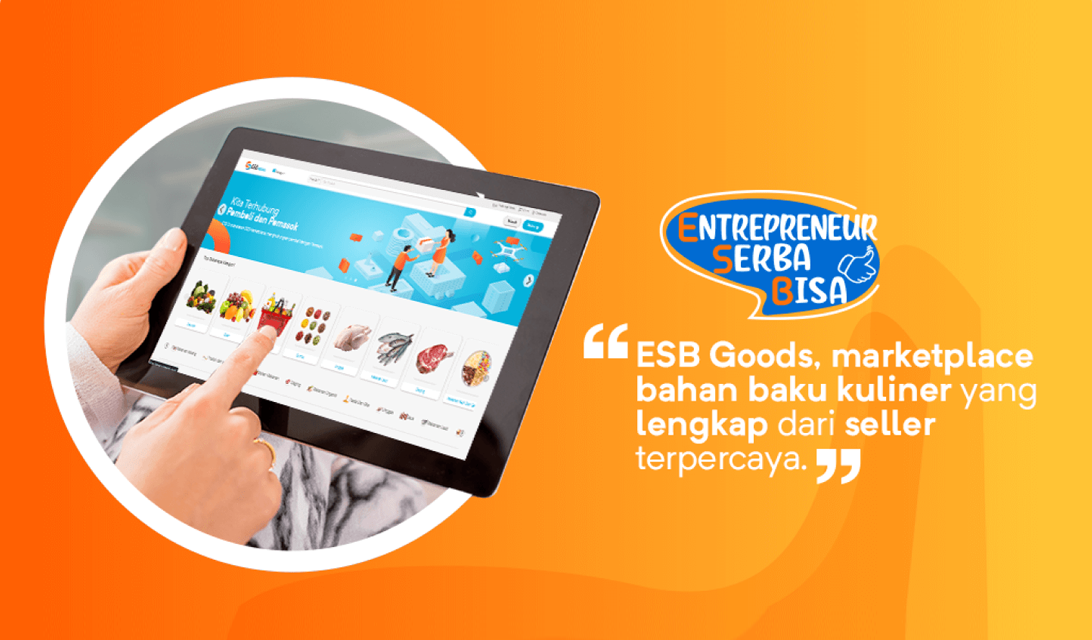 SHARE
SHARE
Food Business Model Canvas Example for Your Business Success
Sovia
When starting a culinary business, one of the first things to consider is how to design the right business model. A Business Model Canvas is a tool that helps visualize various essential aspects of running a culinary business.
By understanding and applying the Business Model Canvas, culinary entrepreneurs can more easily plan strategies and make decisions that support business growth.
In this article, we will discuss an example of a food Business Model Canvas that can serve as an inspiration for your culinary business.
Definition of a Food Business Model Canvas
The Business Model Canvas (BMC) is a tool used to design, describe, and manage a business model visually. With a Business Model Canvas, entrepreneurs can see an overview of how their business operates, from market segmentation to distribution channels and revenue sources. This concept helps entrepreneurs create a comprehensive business plan that can be easily evaluated.
Read more: 15 Profitable Franchise Business Recommendations with a Capital of 5 - 10 Million for 2025
Elements of the Business Model Canvas
Source: freepik.com
Before implementing the Business Model Canvas for your business, it is crucial to understand each component of this framework.
Each element is interconnected and works together to build a strong foundation for your business’s success. Here are some of the key elements:
1. Value Proposition
The value proposition is the core of your product or business. It creates unique value that sets your product apart from the competition.
For food products, this could mean a distinctive taste or high-quality ingredients. This is what makes consumers choose your product over others.
2. Customer Segments
Every business needs to understand who its primary consumers are. Customer segments classify customers based on age, gender, interests, and shopping habits.
Understanding the market size and identifying the right segment is the first step in gaining deeper insights into your customers.
Creating customer personas for each segment can also help you better define your target audience.
3. Channels
This element focuses on how you communicate your business to customers. Channels can include social media, email marketing, SEO, PR, blogs, or content marketing.
Choosing the right channels ensures your message reaches the right audience effectively.
4. Key Resources
Key resources are everything needed to run the business, from facilities and equipment to internet connectivity.
Without the right resources, business operations will be hindered. Therefore, ensure you have access to all necessary resources to support your business activities.
5. Revenue Streams
Revenue streams ensure a healthy cash flow. Managing revenue streams effectively helps increase income and profitability.
Identifying the sources of revenue is a crucial step in strengthening your market position.
6. Customer Relationship
Maintaining good relationships with customers is one of the keys to business success.
This element influences your brand and product’s overall image. Strong relationships lead to increased customer loyalty and ongoing business support.
7. Key Activities
Key activities are the series of tasks that ensure your business’s product or service continues to grow.
These activities should focus on creating value that enhances product quality and strengthens the business. Without the right activities, achieving business goals can be challenging.
8. Key Partnerships
Key partnerships refer to the parties that support your business operations, such as suppliers, distribution agents, or other strategic partners.
Their presence ensures smooth business operations and improves customer satisfaction more efficiently.
9. Cost Structure
The cost structure outlines how expenses are allocated in running your business operations. This includes production costs, marketing, and administrative expenses.
Managing finances carefully is crucial to ensure the business remains profitable without excessive costs.
Example of a Food Business Model Canvas
Now, let's discuss an example of a Business Model Canvas for a snack business, specifically chips.
Snacks like chips are an attractive business option due to high demand and easy distribution.
To develop a more structured business strategy, the Business Model Canvas can be a highly useful tool.
Here is an example of a snack food Business Model Canvas you can use as a reference:
Read more: 22 Promising Food Business Ideas for Beginners in 2025 with Low Capital!
Conclusion
The culinary business is a constantly evolving industry full of opportunities. By using the Business Model Canvas, you can design and map your culinary business more systematically. A well-structured business model helps in making better decisions and optimizing operations.
If you need capital to develop your culinary business, take advantage of ESB Capital's solution. With a special capital program for culinary entrepreneurs, you can get a loan without collateral to expand outlets and buy raw materials. Contact us now and consult your business!
 SHARE
SHARE





